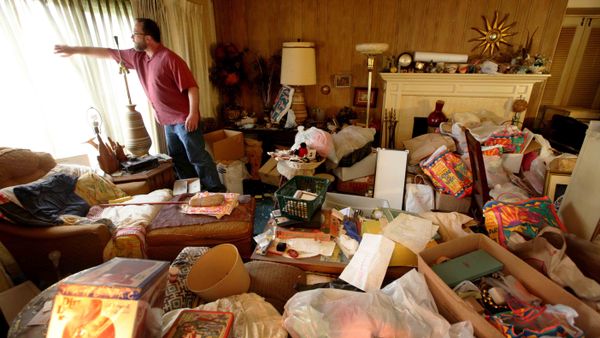
At last count, my wife and I have more than 12,000 photos and 1,300 videos in our two iCloud storage accounts, plus thousands of more family photos and movies scattered across a half dozen external hard drives that may or may not be functional. I have two active email accounts with a total of more than 28,000 read messages and 6,000 unread messages. I am the owner of two free Google Drive accounts, each with a 15 gigabyte capacity, plus 2 terabytes of iCloud storage that I paid for at some point and have no idea why.
I am, in other words, typical. According to a 2018 paper from Monash University in Australia, the average modern man and woman has access to 3.7 terabytes of digital storage space, either on a physical device or in the cloud. In 2017 alone, we human beings took an estimated 4.7 trillion photos on our smartphones, and Facebook uploads 300 million digital photos every day at a clip of 136,000 per second.
Advertisement
Powered by the availability of cheap, nearly infinite digital storage space, and an insatiable appetite for recording and sharing the minutiae of our daily lives, the digital detritus is piling up at an alarming rate. If all of our digital photos, music files, unread emails and ancient PDFs were physical objects, then we would all deserve our very own episode of "Hoarders."
In fact, there's growing speculation in psychological research circles that our collective digital hoarding of countless pics, video clips and emails may produce some of the same negative effects as the real-world hoarding of old newspapers, expired cans of food and cats.
Traditional hoarding disorder, first recognized as a distinct mental illness in 2013, is believed to affect 4 to 5 percent of the global population, according to the Monash University paper. The Diagnostic and Statistical Manual of Mental Disorders (DSM-5) defines hoarding disorder by several criteria, including:
- persistent difficulty discarding possessions, regardless of actual value
- urge to save items and distress associated with discarding them
- accumulation of possessions that renders living spaces unusable due to congestion and clutter
- hoarding behavior that causes "significant clinical distress" and impairment of social and work life, and poses a safety hazard
The authors of the Monash University paper, define digital hoarding along similar lines, minus the physical menace of a house brimming with trash. "Digital hoarding," they write in the study, "is defined as the acquisition of and failure to discard or effectively manage digital content regardless of its use, leading to the accumulation of digital clutter."
Advertisement

